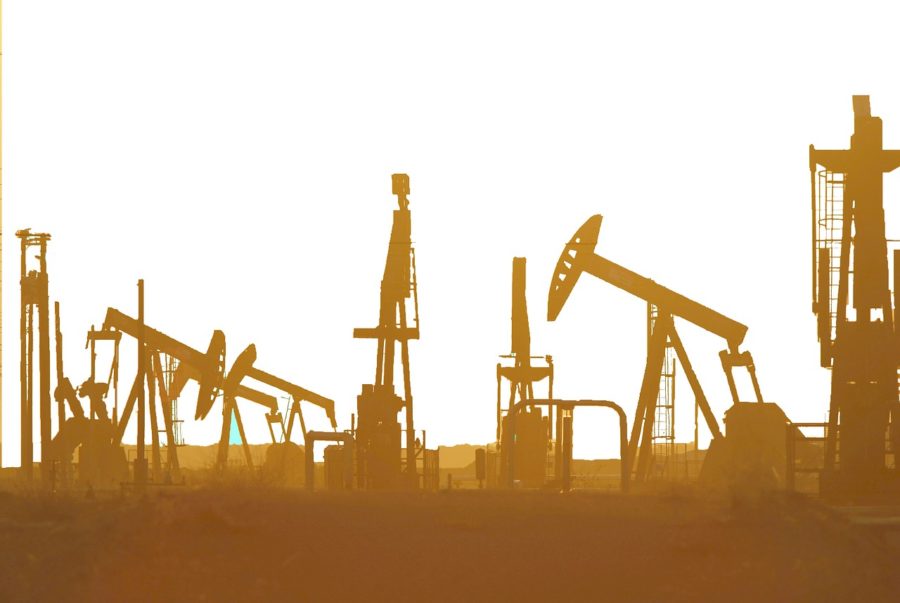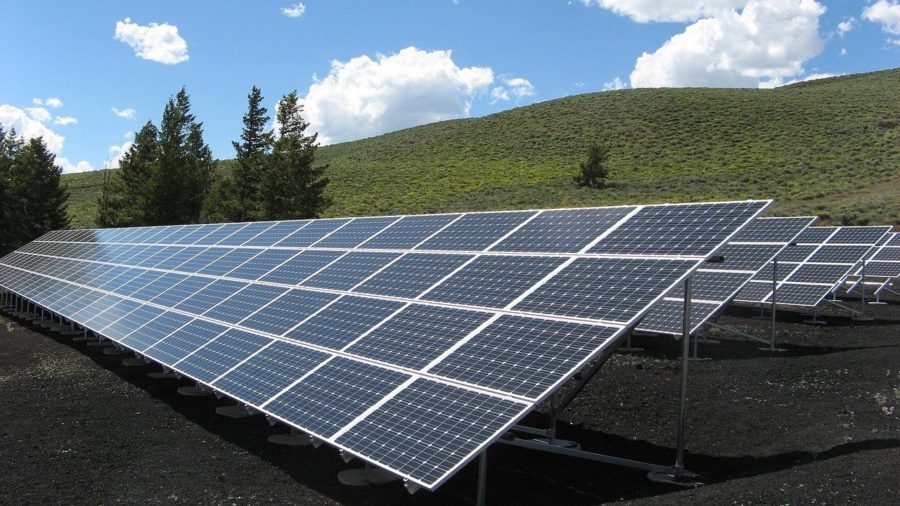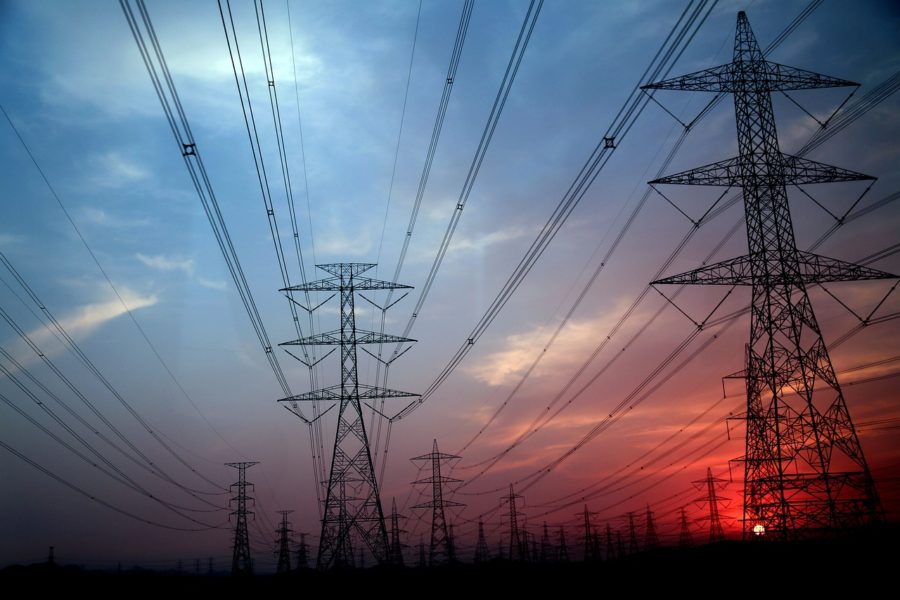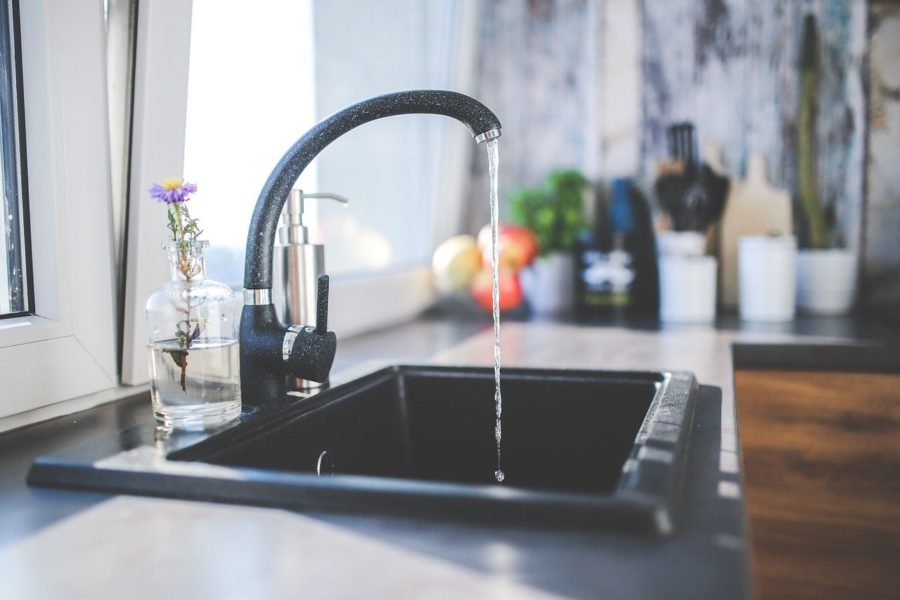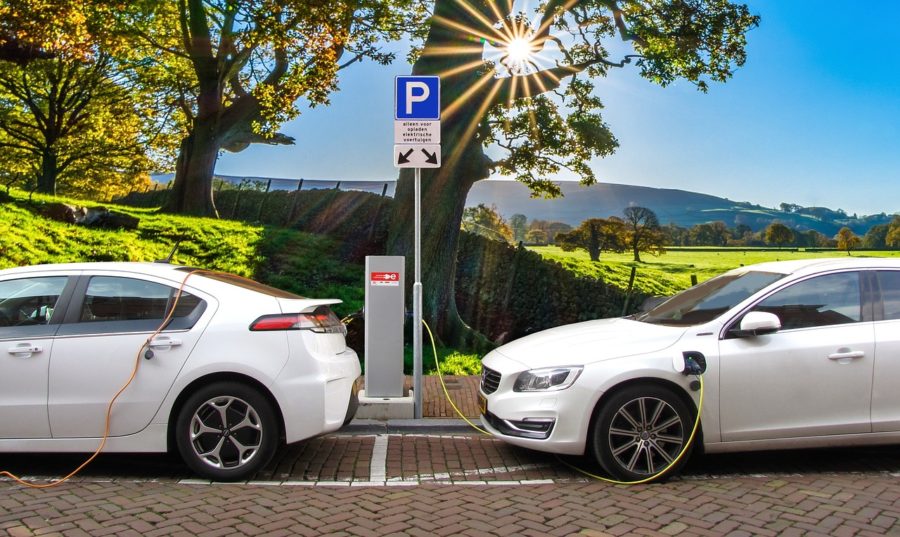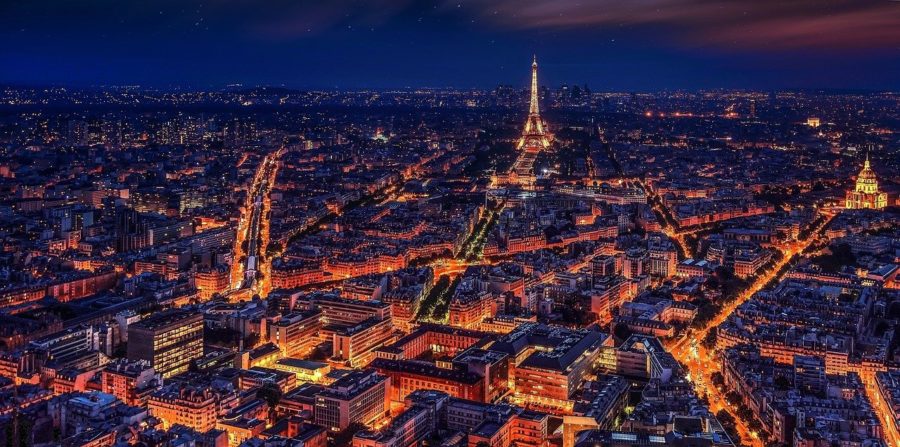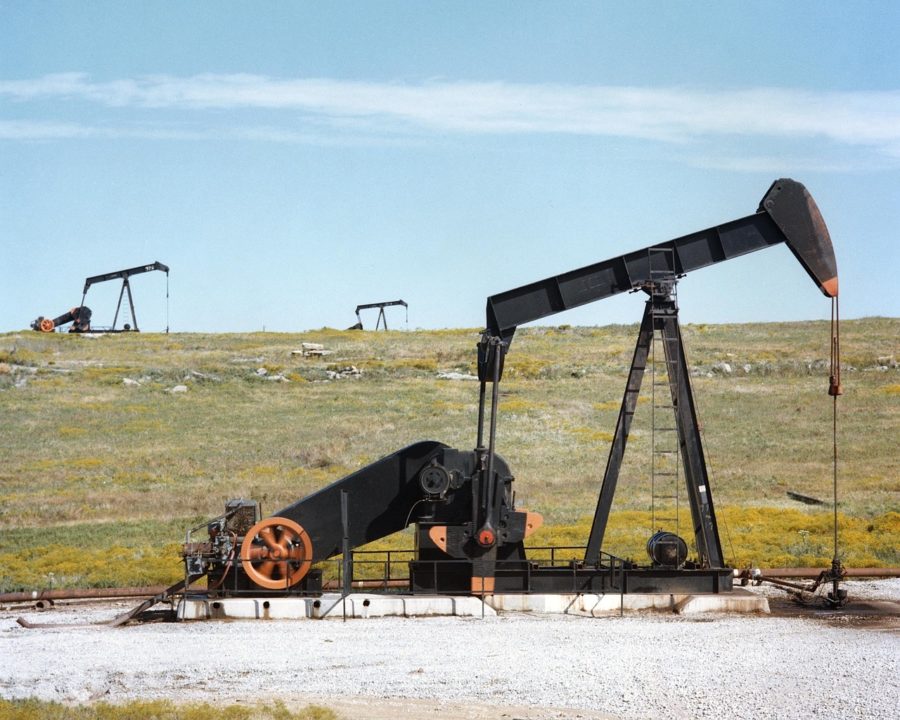Voltus Inc., an energy resource aggregator, has filed a complaint against the Midcontinent Independent System Operator (“MISO”) with the Federal Energy Regulatory Commission (“FERC“).[1] The complaint takes issue with MISO’s recent order that allows states to opt out of FERC’s 2008 order allowing demand response programs in wholesale markets.[2]
Demand response programs give consumers the opportunity to substantially affect the electric grid by shifting their electricity usage from peak demand times to lower electricity use periods, thereby preventing the grid from overloading.[3] Demand response programs also pay consumers based on how much they reduce their electricity use once they have chosen an energy reduction plan.[4] However, MISO has allowed states within its territory to withhold energy resource aggregators from freely participating in the MISO wholesale market through its opt out provision.[5]


